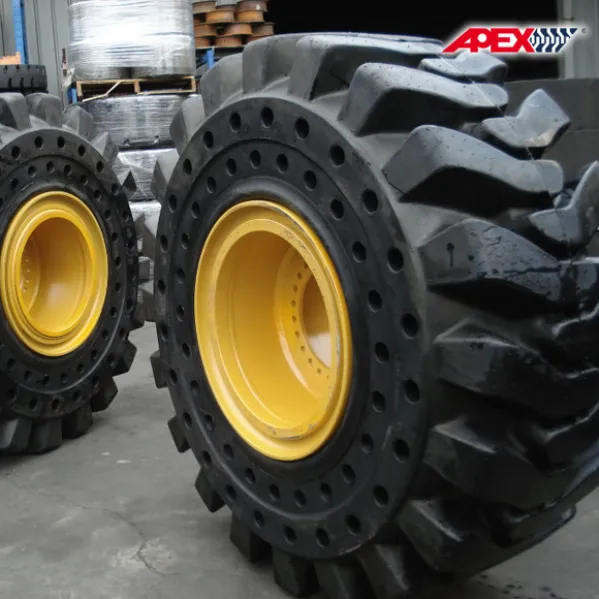How To Calculate The Load Capacity Of An Industrial Solid Tire

T = Industrial wheel load capacity for heavy duty
E = Own weight of the transport device
Z = Maximum additional load
n = Number of load-bearing wheels for heavy load
S = Safety factor
The safety factor S for heavy-duty industrial solid wheels takes into account deviations from the standard conditions of use (smooth floor, walking speed, even load distribution, straight running, ambient temperature between +15 and +28 °C). The safety factor varies depending on the speed and the relationship between the Ø of the wheel and the height of the obstacle. The greater the difference with respect to the conventional conditions of use of industrial wheels for heavy loads, the greater the choice of the S factor should be.
A distinction is made between four different conditions of use:
Manual transport with industrial tires for heavy loads indoors:
(Height of the obstacle < 5% of the tire Ø): Safety factor: from 1.0 to 1.5
Manual transport with industrial tires for heavy loads outdoors:
(Height of the obstacle > 5% of the tire Ø): Safety factor: from 1.5 to 2.2
Transport with mechanical propulsion with tires for heavy loads indoors:
(Height of the obstacle < 5% of the tire Ø): Safety factor: from 1.4 to 2.0
Outdoor heavy-duty tire power-drive transport:
Safety factor: from 2.0 to 3.0
Speeds of over 4 km/h can be achieved with heavy-duty industrial solid tires with ball bearings, with a simultaneous reduction in load capacity. If a tire is mainly subjected to static loads, we can start from a higher load capacity that varies between 1% and 25%. In case of long parking times with high loads, the risk of flattening the tread must be taken into account.
We at APEXWAY are Solid Tire professionals, to know more about solid tires do not hesitate to reach out to us.





